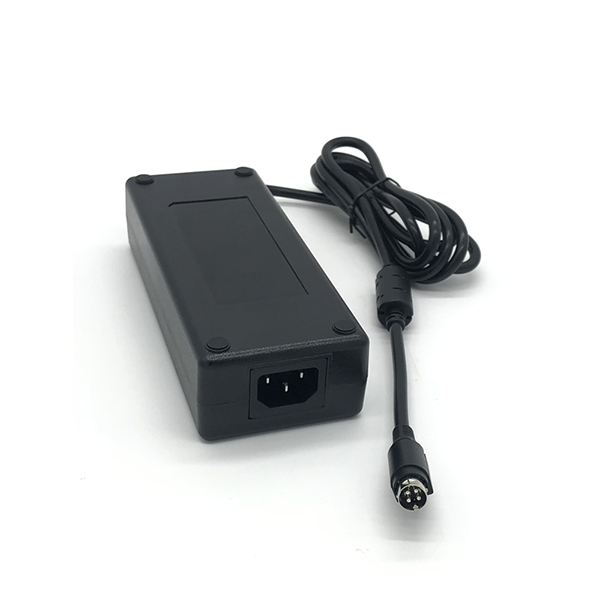Blog
How to choose thermistor in power adapter
Views : 859
Update time : 2023-05-22 14:14:12
Thermal resistance is the simplest and most effective measure to ensure that the power adapter is not damaged. In the production of power adapters, in order to avoid and suppress the surge current generated at the beginning of the electronic circuit, thermal resistors are usually series-connected. After suppressing surge current, the thermal resistance will drop to very small in the continuous action of current, the power consumed can be ignored, and it will not have any effect on the work of the electronic circuit.
The working principle of the thermistor in the power adapter is as follows: when the power circuit is working normally, the thermistor temperature is close to the room temperature, the resistance is very small, and it does not interfere with the current passing through the circuit; when there is a fault in the power circuit, the thermistor heats up due to the increase in power, and when the temperature exceeds the switching temperature, the resistance will suddenly increase, reducing the current in the circuit and protecting the power circuit.

The working principle of the thermistor in the power adapter is as follows: when the power circuit is working normally, the thermistor temperature is close to the room temperature, the resistance is very small, and it does not interfere with the current passing through the circuit; when there is a fault in the power circuit, the thermistor heats up due to the increase in power, and when the temperature exceeds the switching temperature, the resistance will suddenly increase, reducing the current in the circuit and protecting the power circuit.
1. understand the parameters of a power adapter circuit: Maximum working environment temperature/ Standard working current/ Maximum working voltage/ Maximum fault current
2. Ensure that the minimum and maximum environmental temperatures are within the operating temperature range of the thermistor. Most thermistor operating temperature ranges are between -40℃ and 85℃.
3. Compare the maximum electrical rating of the selected elements with the maximum working voltage and fault current of the circuit to ensure that Umax and Imax are greater than or equal to the maximum working voltage and the maximum fault current of the circuit.

4. The actuation time is the amount of time to switch the element to a high resistance state when the fault current appears on the entire device. In order to provide the expected protection function, it is important to clearly clear the working time of the PPTC element.
5. Select self-recovery fuses elements that are able to accommodate the maximum environmental temperature and standard working current, and check and select elements equal to or greater than the circuit standard working current value.


